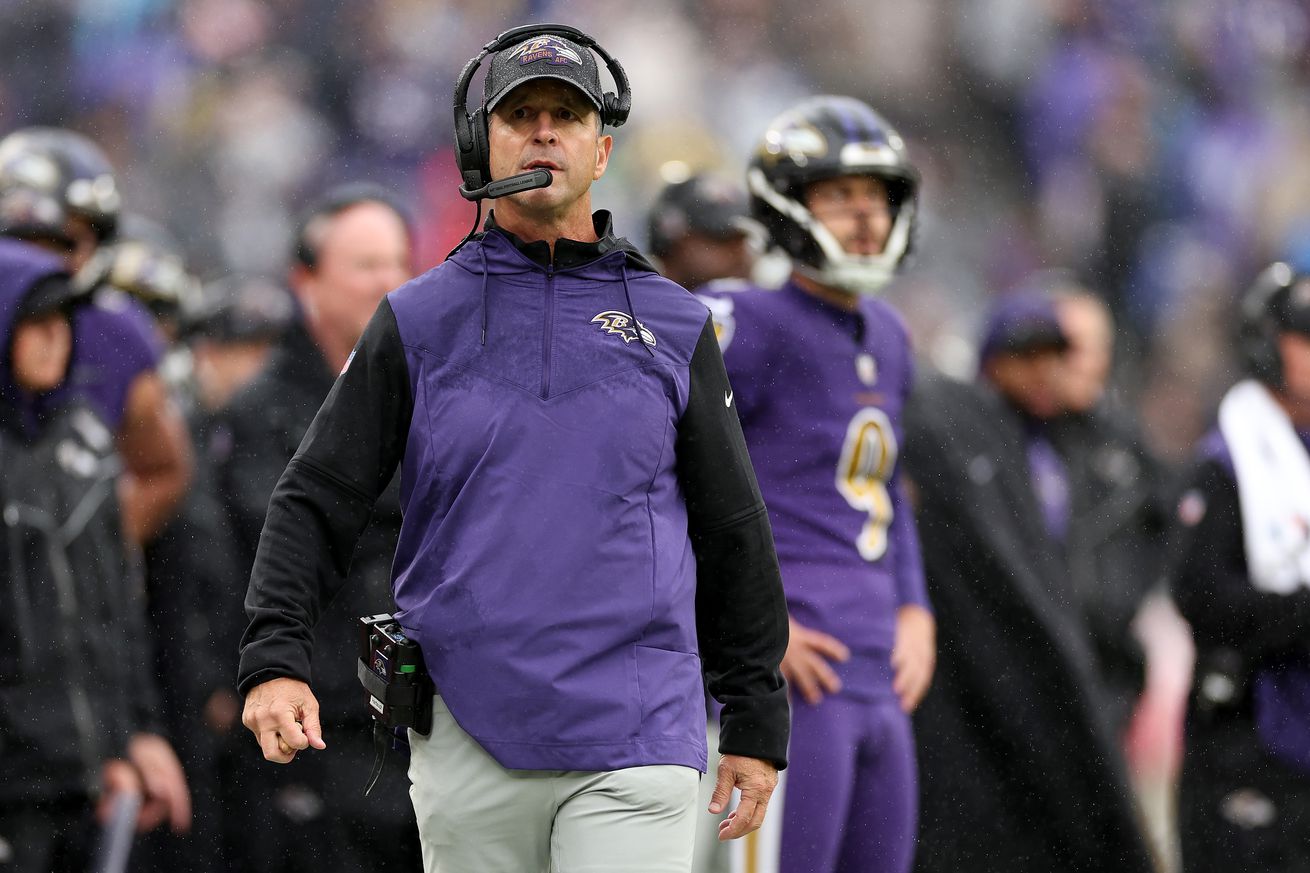
Expect new variety with the latest NFL kickoff rule
The Baltimore Ravens have been on the cutting edge of special teams for well over a decade. Under head coach John Harbaugh, who boasts a special teams background, the Ravens have fielded some of the best special teams players of the 21st century. They’ve also found crafty ways to gain an advantage on special teams plays, including the now banned run-out-the-clock punt play where the Ravens simply grappled their opponents.
Another area you can expect the Ravens to seek an advantage on special teams is with the new kickoff rule (in bold below).
ARTICLE 4. PUTTING BALL IN PLAY AFTER FAIR CATCH.
After a fair catch is made, or is awarded as the result of fair-catch interference, the receiving team has the option of putting the ball in play by either a:
(a) fair-catch kick (drop kick or placekick without a tee) from the spot of the catch (or the succeeding spot after enforcement of any applicable penalties or rule) (3-10 and 11-4-3), or
(b) snap from the spot of the catch (or the succeeding spot after enforcement of any applicable penalties), unless a player on the receiving team makes a fair catch of a free kick behind the receiving team’s 25-yard line, in which case the ball will be put in play at the receiving team’s 25-yard line.*
“I think you’ll see more variety of kicks [around the NFL],” Harbaugh said on “The Rich Eisen Show.” “You’ll see more squibs. You’ll see more short high pop-ups. Try to pop the ball up short and see if they can create havoc around the ball. There will be a lot of collisions in front of the ball for that reason. You will see the ball in the ground more [jumping] around.”
Harbaugh wasn’t a fan of the new rule and the Ravens were one of five teams to vote against the fair catch ruling. But since the rule passed, the Ravens will look to find an advantage off it.
